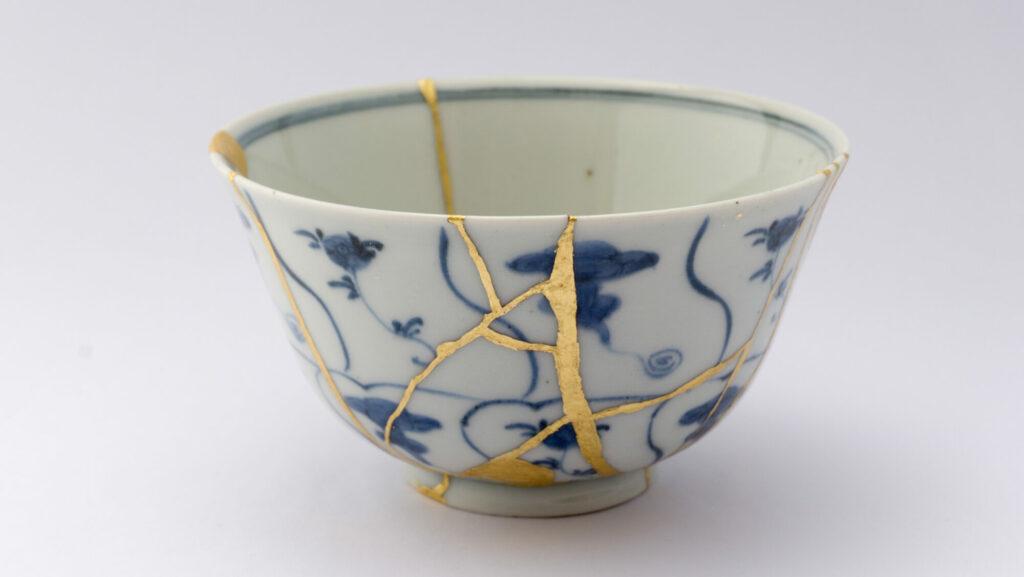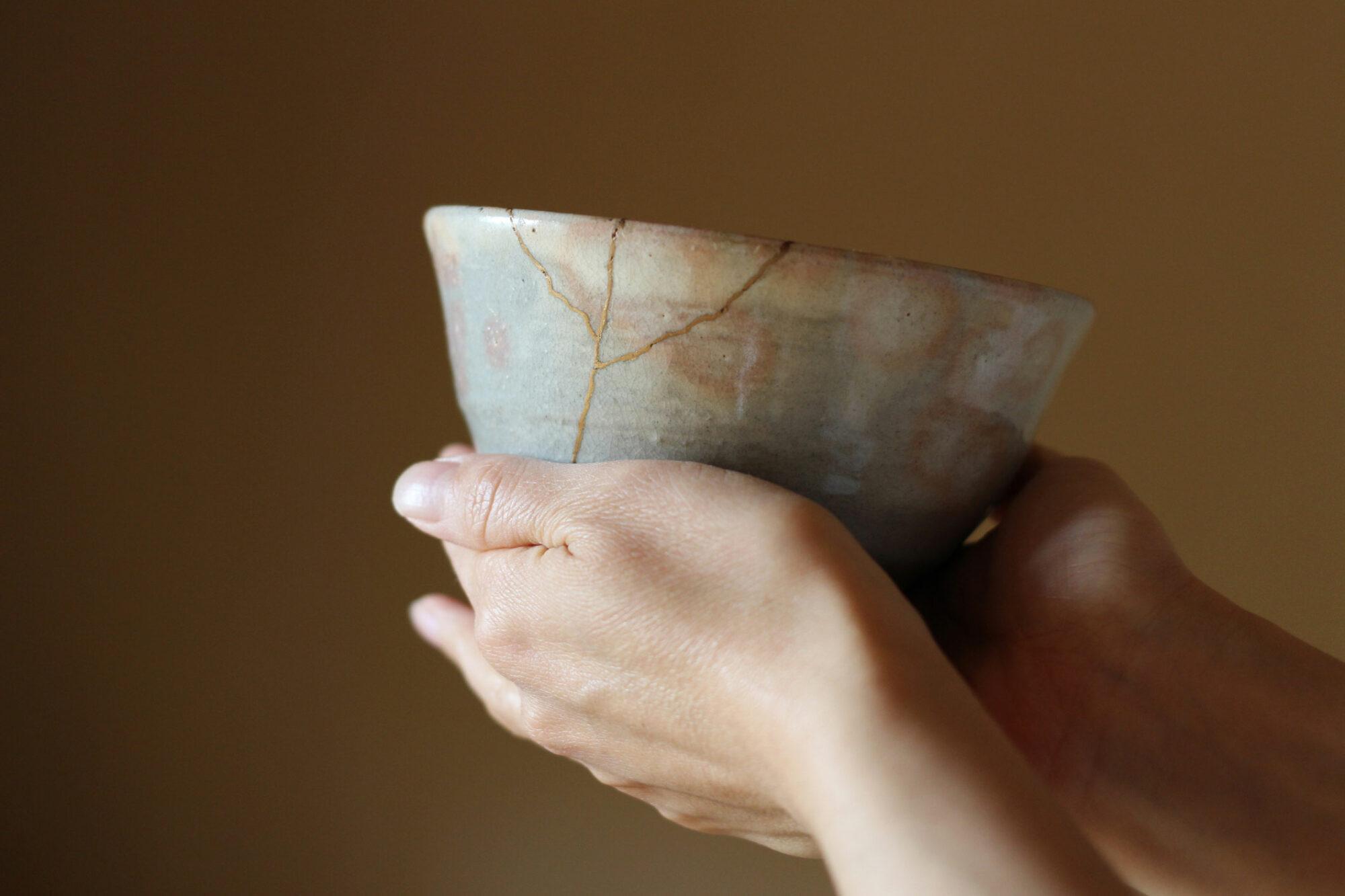Are brands and people still able to reveal their vulnerability? If not, re-learning to do so will be their weapon of survival.
Talking about the future in the present is speculation. It’s not anticipation, rather, it means projecting forward the hopes and anxieties of the present. It’s the eternal challenge between Utopia and Dystopia. Who wins?
Uncertainty, that’s who wins. Or the endless possibilities.
Permacrisis is the word of the year for the Oxford Dictionary, but a ”decade of possibility” is the scenario that designers hopefully choose for their brands. Endless crises or endless possibilities? Who wins?
Neither.
It’s not the end that wins, but the means: technology. Which couldn’t care less and goes beyond Homo Sapiens. Artificial intelligence, biotechnology and genetic engineering open wide the door to posthumanism: not the disappearance of humans from Earth but rather their empowerment.
Harari calls this new form of humanity Homo Deus: Homo sapiens ascending to become gods by endowing themselves with supernatural abilities. Humanity that strives for eternal life and eliminates all forms of imperfection, from body to mind.
Life is performance.
Performance is seeking excellence.
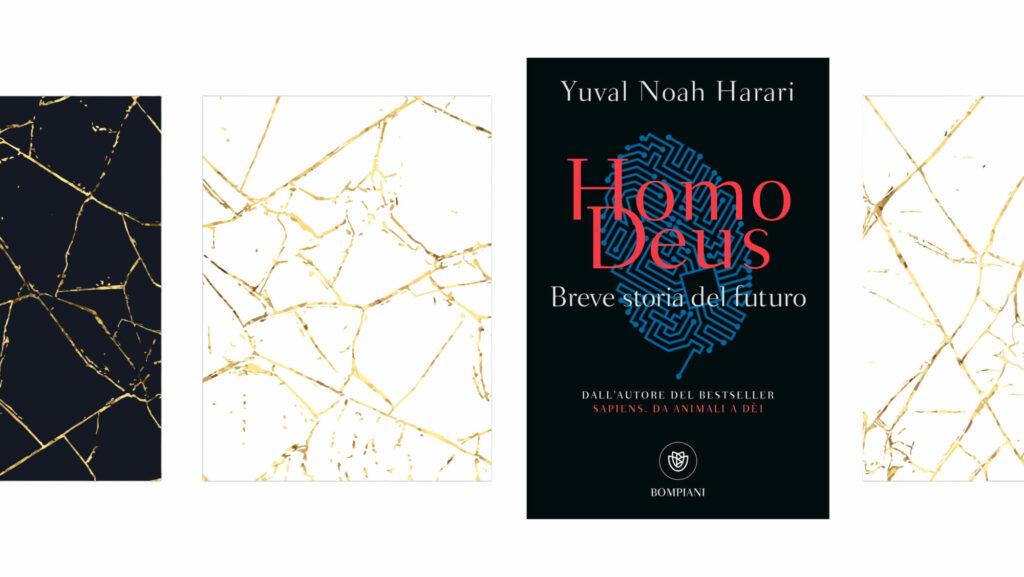
If man is God, the new democracy is algocracy.
The most effective way for Homo to tend to → Deus is preferring that a sequence of mathematical instructions suggest where to place attention, participation and choice. Homo has chosen algocracy - the dictatorship of algorithms - and has made everything efficient: from work to purchasing behavior, to the consumption of products and information.
Éric Sadin (2019) has called Artificial intelligence a methodology of rationality based on the utilitarian and lucrative destination of every moment of life.
The way is set. The algorithm that adjusts our Instagram feed or Netflix home page by offering us the right thing at the right time is but a slight taste of where the human-machine relationship might take us.
The outlook is incredible: nanotechnology, slowing cellular aging, enhancing emotional circuits, mind uploading and so on; we’ll have a more performative, better and superior humanity, finally free of its limits. Our operating system is updating…
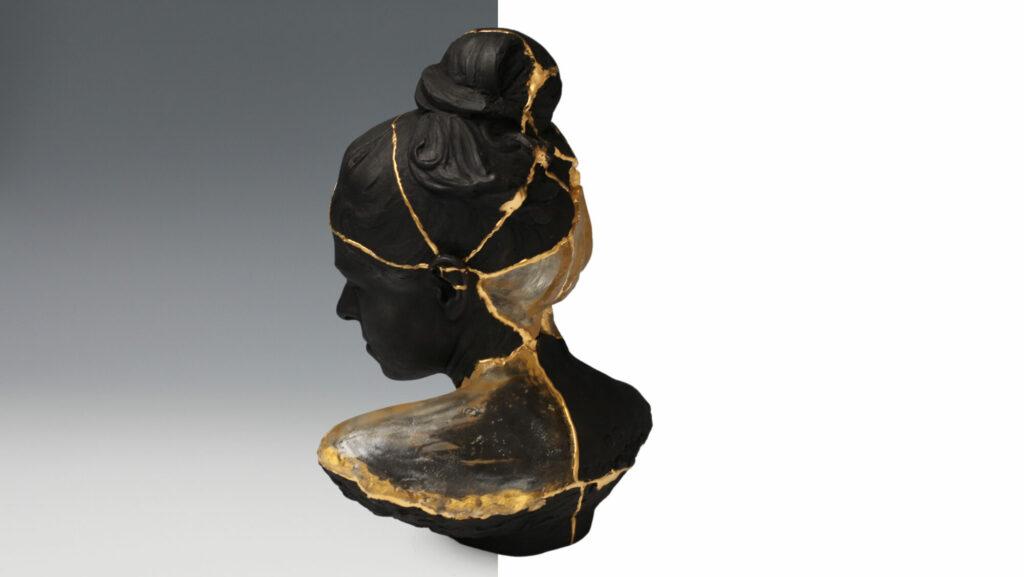
Advertising = Performance
Technology and algorithms in the hands of advertisers have turned people into → users. For the advertising industry, efficient to the bone, humans are thus a simple interface between the product or service and a bank account (a monetary transition). The more fluid and frictionless the relationship between the two, the better. So the human interface must be manipulated.
To handle it, the advertising industry needs to have as much information about the interface-customer as possible. Consequently, Al plays a crucial role, adapting, optimizing, and deciding many processes through automation systems, profiling, recommendations, and so on.
The Marketing Director has improved his numbers and proudly shows them every quarter not caring that, in doing so, he is helping to make branding and advertising more and more performative. Good for ROI, but can his beloved funnel be squeezed so much toward conversion? Besides, up to what quarter can performance be improved?
Attention is bought, but lost in value.
This is also why treading the bumpy path between techno-enthusiasts and techno-skeptics means asking the question of how to manage the technological transformation, in other words, how to ensure that humans and brands remain at the center of the digital revolution: protagonists, and not extras, let alone antagonists.
We need a new way of branding, the last stronghold of advertising capable of holding together stories + audiences (not just users) + profit.
Vulnerability as an Act of Strength
Posthumanism and performance advertising have one thing in common: the discomfort with which they look at our elements of vulnerability and fragility, grasping nothing positive in them. It’s the rejection of the human condition, which makes even the identity of the old, beloved brand - a mirror of the human one - fragile.
Can we really emancipate ourselves from the limits of our bodies? Can we dispense with the chain of the emotional world? Can we strive for perfectionism?
We can.
But we should perhaps not.
All of this is a manifestation of an unease that should raise questions, at least three of them. And, from these, we can define a new way of branding. Take pen and paper in hand, we get to draw a new Cartesian plane.
X-axis: future-proof risking
There is no action more vulnerable than the one that tends toward the unknown. Yet with AI we risk losing our sense of time: the present (which crystallizes into a not-now) loses consistency for the sole benefit of a future that, however, is driven by choices based on the past.
Very little is left for risk.
The quality of risk given by artificial intelligence is equal to that of the database from which it draws information from the past and models it to build a tomorrow in its own image, even if in an ever-improving condition.
That doesn’t mean that AI cannot look to the future, quite the opposite. However, mathematical models lack imagination and breakthrough. If branding is the ability to build attractive stories, what makes a story attractive is primarily the amount of unexpectedness in the events told and the tensions it resolves or voluntarily cracks.
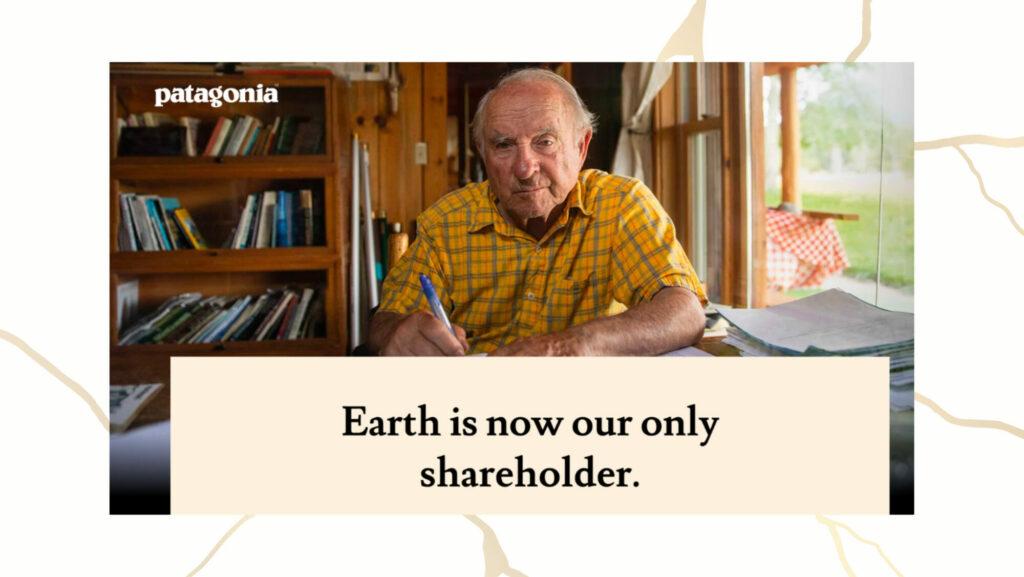
A story - such as that on which brands like Apple, Nike, and Patagonia are based - has value only the moment it rejects some norm. It’s not just about breaking any one rule, but the right one. Some violations are trivial, others are meaningless.
However, machines don’t know when breaking a rule would be beneficial and when it would be harmful. An artificial intelligence must master what it knows before delving into what it does not.
Going beyond computational AI systems means going beyond patterns.
Doing so means taking risks and moving through decisive - perhaps imperfect - actions towards the future and thus shaping relevant brands.
X-axis → vulnerability = breakpoint.
Will we preserve the courage to take risks?
Y-axis: tackling the taboo
Posthumanism makes human beings in conflict with their bodies - which we would like to increasingly perform and empower - and with their emotions - which many would like to control and manipulate.
But if we aim for perfection, we end up having eyes only for flaws, and this rejection of limits results in an inability to recognize ourselves for who we are.
Up to what extent is it acceptable to dream of a version of ourselves that doesn’t fit us?
As AI outsmarts us and blockchain confuses transparency with trust, a primal desire for human authenticity is resurgent.
- Matt Kissane, Landor & Fitch's Global Executive Director
Brands are not perfect entities, just like humans. So, if today a brand is first and foremost seen as trust, trust is built by opening up to vulnerabilities. It shows limits and builds on those. It shows humanity.
In “Orality and Literacy” Walter Ong (1982) wrote, “Technologies are artificial, but artificiality is natural to human beings.” The real disruption today is to show the human nature of things.
The time for bullshit is over.
Vulnerability = truth.
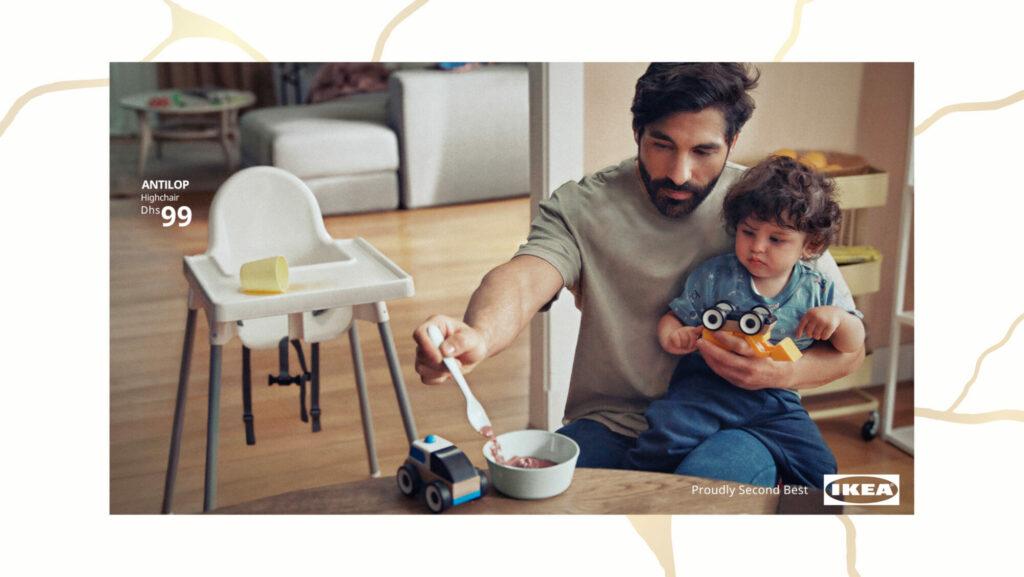
Let’s get used to being authentic.
And we will be in the first place if we speak the same language as people.
“Vulnerability is the first thing I look for in you, but the last thing I want you to see in me.
Brené Brown — Vulnerability Researcher
Y- axis → vulnerability = authenticity.
Will we have the courage to show our imperfections?
One axis is missing, the Z-axis, that of depth. It’s the most important, because it allows us to build three-dimensional brands and not just colorful labels.
Z-axis: building (around) a community
The rhetoric about the latest technology often culminates in the dystopia where the singularity of the techno-futurists will become real.
But it’s not this singularity that is frightening, rather singularism. Individualism.
These are the years of the individual. These are the years in which more and more people no longer look for the general but always for the special; we are not interested in what is standardized and regulated but in what is original and particular; we are not interested in what is produced for the masses but in what is specific and individual.
Everything is mine: we have exasperated the Copernican Revolution
It’s the individual society, and we behave, without realizing it, like we are so many Robinson Crusoes on lonely islands who occasionally hop into a canoe to paddle to the next island and exchange bananas for coconuts.
The algorithm spoils us. Technology continually raises the bar of our expectations.
We first think of ourselves,our own comforts and personal fulfillment. The only religion we seem to know from Facebook onwards is the idolatry of the self, the idolatry whereby everything has to be done in relation to the self.
We experience a problematic relationship with the value of personal autonomy, absolutized and placed as the bulwark of a freedom unbound by any social ties. But a freedom without bonds is not only dangerous; it is, at least in my eyes, profoundly inhuman, since the meaning of our being in the world is not to emancipate ourselves from bonds, but to learn, often by trial and error, the importance of binding ourselves well and knowing how to place ourselves in reliable hands, capable of taking care of us.
We experience a problematic relationship with the value of personal autonomy, absolutized and placed as the bulwark of a freedom unbound by any social ties. But a freedom without bonds is not only dangerous; it is, at least in my eyes, profoundly inhuman, since the meaning of our being in the world is not to emancipate ourselves from bonds, but to learn, often by trial and error, the importance of binding ourselves well and knowing how to place ourselves in reliable hands, capable of taking care of us.
Luca Grion — Associate Professor of Moral Philosophy at the University of Udine
There is no action more vulnerable than putting oneself in the hands of others.
Trusting and relying.
The meaning of humanity is community. It has been since the time of Homo sapiens who, unlike the Neanderthals, told stories around a fire and formed communities based precisely on those tales. It is this ability that allowed them to get the better of the Neanderthals, even though the latter were physically stronger.
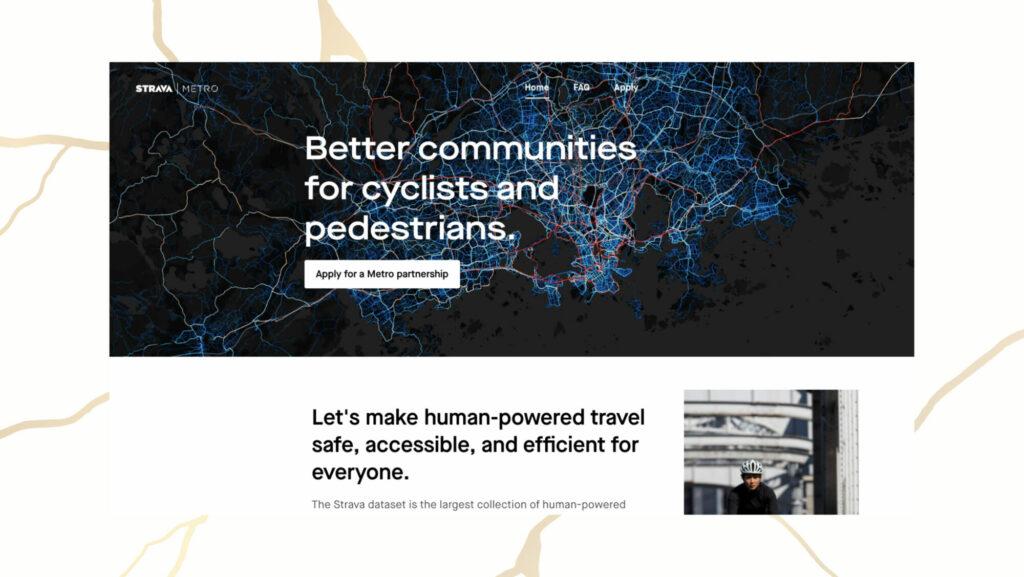
Let’s call them offline collectives, online communities or DAOs...
Call them whatever you like, but the future-proof brands will be those that can build stories and meanings to weave strong relationships with people.
Z-axis → vulnerability = community.
Will we be able to build bonds?
That’s all folks: the androrithms
The pattern is complete: X-, Y- and Z-axis shape a brand that is vulnerable but strong enough to face the challenges of the future.
What about us?
Algorithmic systems and the rush of technology should not be stopped or censored. Rather, as humans, we will have to walk alongside them. We must strengthen a set of characteristics that make us human, for which we can adopt a term proposed by Gerd Leonhard (2019): “androrithms.”
Androrhithm means everything that we can consider opposed to algorithms. Rythmós, in fact, is not only a measure (of motion and time, hence our 'rhythm' as an ordered and rhythmical succession), it is also the word with which the ancient Greeks denoted any state, condition, disposition or state of being, even form, in which something may appear: androrhythm is in essence how human beings manifest themselves.
Let us jump back in time.
It is 680 B.C. and Archilochus admonished us to recognize “The flow that regulates life,” that is, what makes human beings, recognizing qualities and vulnerabilities that are essential to understanding the human being, including:
- the desire for anonymity and privateness;
- the delight in serendipity and the unexpected, sometimes bordering on the imprudent;
- the refuge in anxiety and doubt, and sometimes even stubborn rejection;
- the right to incoherence, ambiguity and imprecision;
- the sometimes irrepressible need for the dimension of the ineffable, the inexpressible and silence.
This list is valuable because it helps us recognize the nature of our existence. In doing so, we reveal the unbridgeable difference between androrithms and algorithms, but only in this way we’ll make relevant stories for humans. In this way, we’ll also build the foundations for the brands of the future.
Maybe not perfect,
but better.
